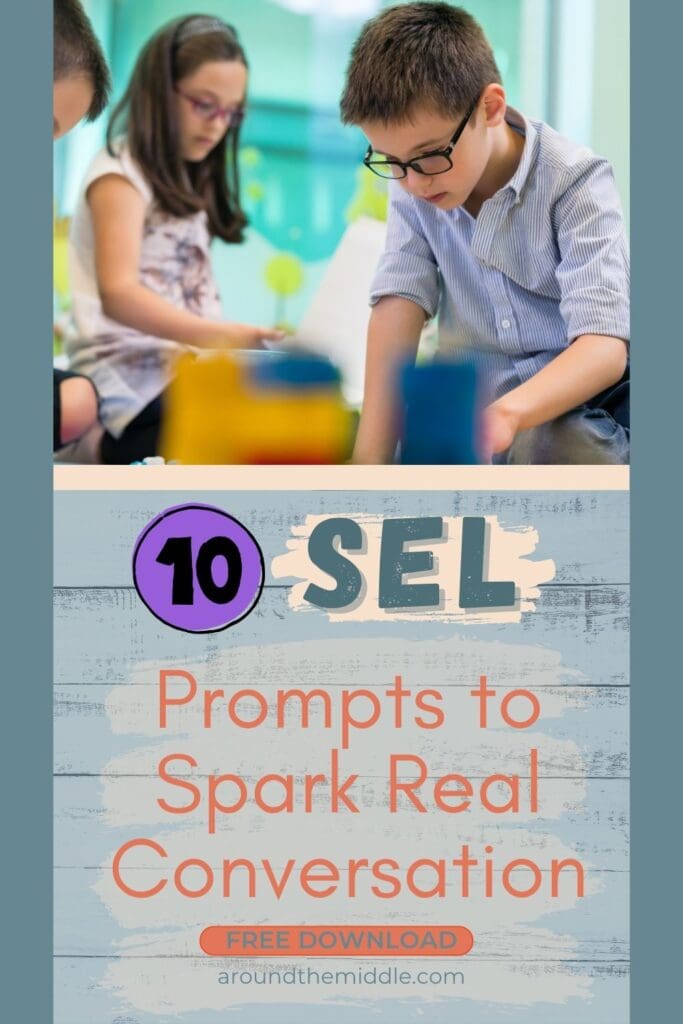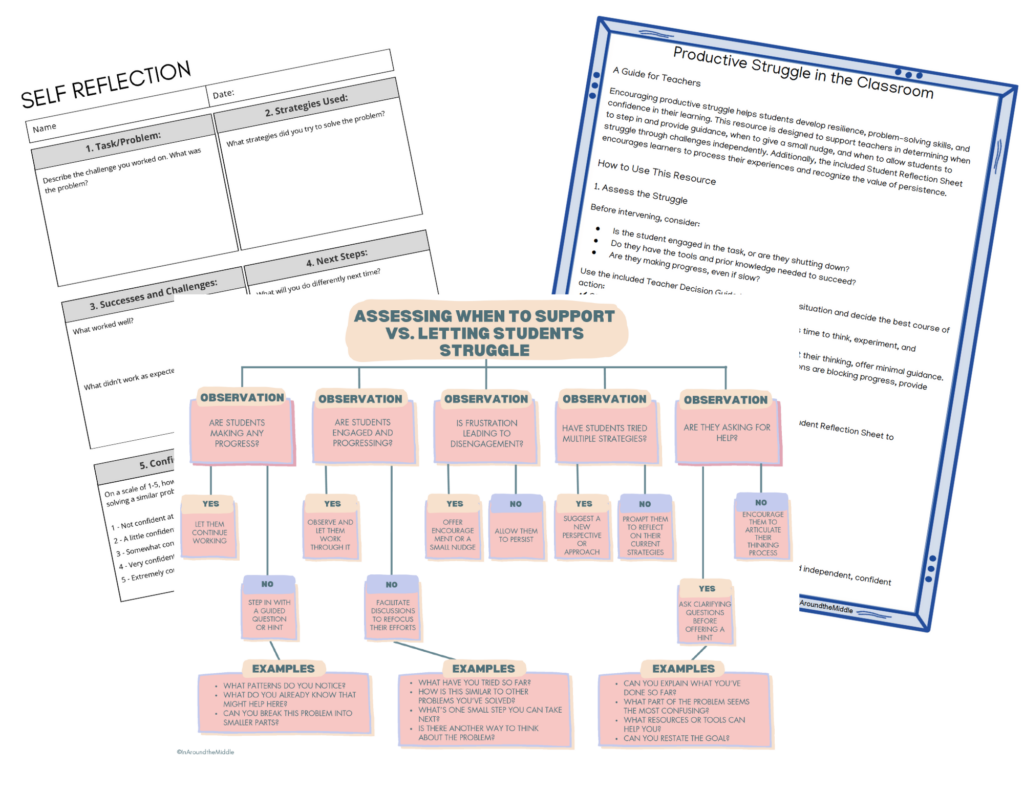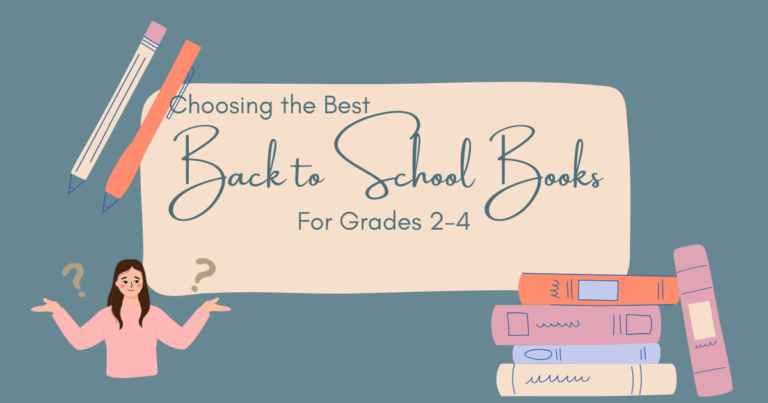Transform Learning with Hexagonal Thinking: A Powerful SEL Strategy
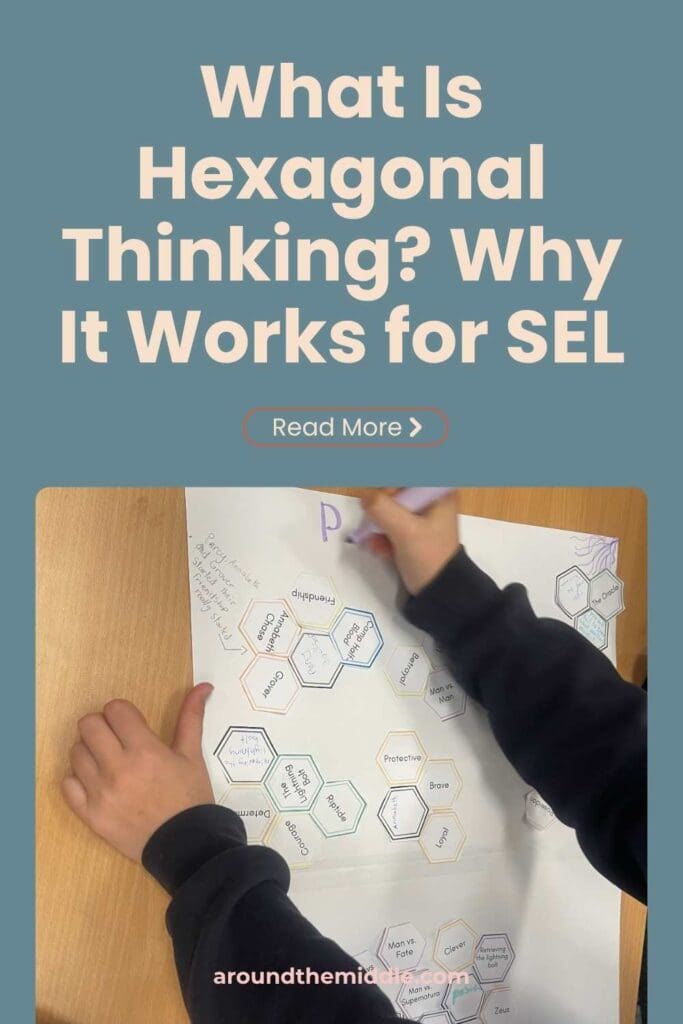
If you’ve explored hexagonal thinking before, you already know its power to deepen academic discussion and spark rich connections. But there’s an overlooked benefit worth spotlighting — its ability to build empathy and strengthen social-emotional learning (SEL).
When students link ideas through a hexagonal thinking template, they aren’t just organising information — they’re navigating perspectives, negotiating meaning, and learning to sit with complexity. That’s the heart of SEL in action.
So what if we stopped seeing hexagonal thinking as just a discussion strategy and started using it as a tool for connection beyond content?

Why SEL Belongs in Academic Discussions
Social-emotional learning isn’t a side dish — it’s foundational to creating safe, engaging, and intellectually rigorous classrooms. When students learn to understand others’ viewpoints, manage disagreement, and reflect on how they think, they grow as both learners and people.
Yet traditional classroom discussions often reward speed, dominance, or certainty — not reflection or perspective-taking. That’s where hexagonal thinking shifts the dynamic. Instead of arguing a point, students must explain why two ideas belong side by side. It’s not about “being right,” but about seeing how others might be. Not sure how to develop your own hexagonal thinking templates? Check out my post on this topic here.
I have some students in my class this year who are really struggling with their emotional well-being, so I have intentionally focused on fostering an awareness of others and of our own wellbeing this year, with really rewarding results.
How Hexagonal Thinking Supports SEL
A well-structured hexagonal thinking template asks students to move beyond surface-level responses and explore how and why ideas connect. In doing so, they practice key SEL competencies:
- Empathy & perspective-taking: To justify a connection, students often consider viewpoints they hadn’t previously entertained.
- Responsible decision-making: Choosing where to place a hexagon demands thoughtful judgment and reasoning.
- Collaboration & negotiation: Students don’t always agree — and that’s the point. Working through disagreements sharpens both social and cognitive skills.
- Self-awareness: Explaining their thought process gives students insight into their own values and biases.
Visualizing connections — especially those that are unexpected or even controversial — helps students recognize that ideas (like people) are rarely isolated or simple. That insight builds more than academic muscle; it builds understanding.
“Empathy grows when students are asked not just what they think, but how two ideas might feel when placed side by side.” A less confronting jumping in point can be with putting an SEL lens on your class novel through hexagonal thinking. The enables students to take the focus off of themselves and SEL becomes a lot less threatening.
Classroom Examples: Empathy Through Connection
In Literature Discussions
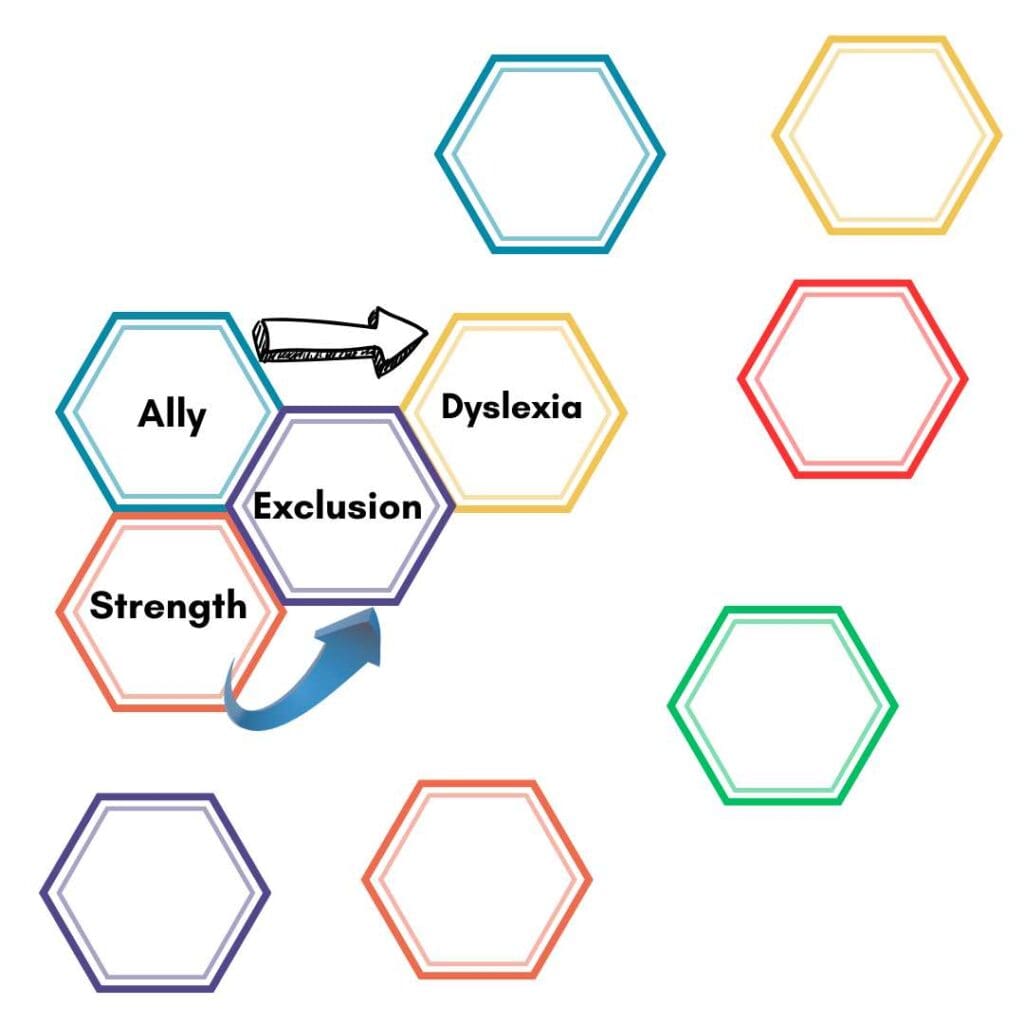
During a novel study of Wonder or Fish in a Tree, students might connect “kindness” to “exclusion” or “appearance” to “identity.” Those aren’t just literary themes — they’re windows into human behavior. A student might say:
“I linked ‘exclusion’ and ‘strength’ because sometimes being left out makes you stronger — but only after you feel the pain first.”
That moment? It’s SEL.
In History & Humanities
Use a hexagonal thinking template to compare different cultural practices or historical events. Ask students to connect colonisation with resistance, power with propaganda, or migration with hope. They’ll see patterns — and people — in new ways.
In Current Events or Health Units
Whether you’re unpacking a news article or teaching about friendship boundaries, students can explore how values conflict or align. A student might connect “freedom” with “responsibility” and “trust” with “privacy,” drawing insights from their own lives.
Extend the Learning: Reflecting on Connections
To bring the SEL learning full circle, build in structured reflection. Try:
- Exit slips or journals
- “What connection today challenged your thinking?”
- “How did your group’s choices reflect different values?”
- Debrief sentence stems
- “At first I thought…, but now I see…”
- “One connection that surprised me was…”
- Group reflection roles
- Assign a student to track moments of disagreement or compromise during the web-building session. Have them report what they noticed about team dynamics and emotional responses.
These moments help students make their internal growth visible — and give you powerful data on how your learners are developing emotionally, not just academically. My free productive struggle download has a student reflection sheet you could try out for this.
Try This: Free SEL-Focused Hexagonal Thinking Template
To support you in bringing SEL to your classroom discussions, I’ve created a free hexagonal thinking template with 10 SEL-focused prompts and 10 SEL-focused prompts for any novel study. Each hexagon invites students to make emotional, ethical, or values-based connections. Perfect for literature circles, health units, or real-world dilemmas.
👉 Grab the free download here — no prep required!
Final Thoughts
Hexagonal thinking can be more than a thinking routine — it can be a tool for human connection. When students are given the time and space to explore how ideas intersect, they also practice empathy, listening, and emotional intelligence. Those are skills they’ll carry far beyond your classroom walls.
So next time you reach for your hexagonal thinking template, ask:
How can this help my students connect with each other — not just the content?
Looking to integrate SEL and higher-order thinking across your novel units or classroom? Explore my Novel Specific Hexagonal Thinking Templates and my classroom culture templates— perfect for Grades 4–8 and built to grow both minds and hearts.
Happy teaching

